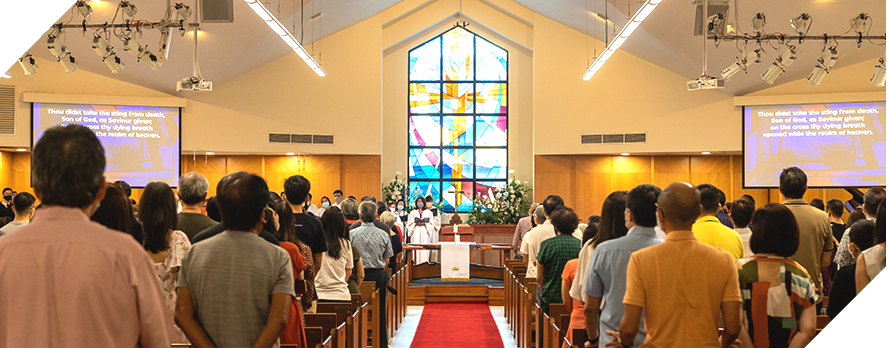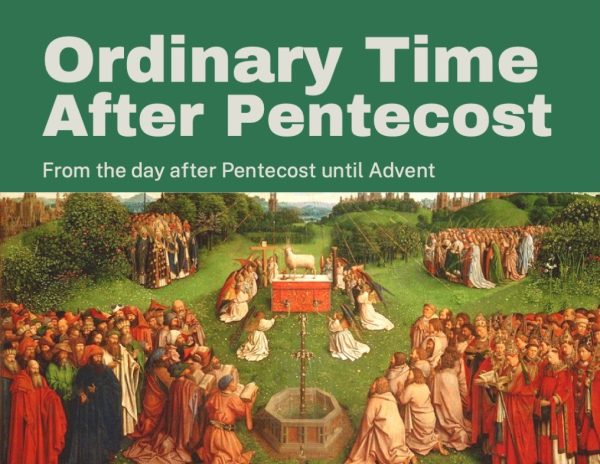
Event Calendar



WHAT IS IT?
Ordinary Time refers to the time between the two cycles of Advent-Christmas-Epiphany and Lent-Easter-Pentecost. They are marked as “After Epiphany” and “After Pentecost” respectively.
WHY DO WE CELEBRATE IT?
Ordinary Time itself has no central theme, but Scripture readings during After Pentecost often emphasise the Kingdom of God and the reign of Jesus, through the work of his body, the Church. We learn that the ministry of Jesus to the world continues through us, and we minister out of the blessed hope we have of his glorious return.
NOTHING ORDINARY ABOUT ORDINARY TIME
“Ordinary” comes from the word “ordinal”, referring to how the weeks are counted in order (e.g., 1st Sunday After Pentecost, 2nd Sunday After Pentecost, and so on).
WHAT DO WE DO?
Worship during this time generally adopts themes more related to the sermon series than the season itself. The season is punctuated by special holy days, the source of the word “holiday”.
Green is used to signify growth and life.
Special Days are observed, including TRAC Conference Sunday.
BOOKENDING THE ORDINARY
The first Sunday of After Pentecost is Trinity Sunday, focusing on the doctrine of the Holy Trinity, a crucial underlying statement of faith for all Christians. The last Sunday of After Pentecost is Christ the King Sunday, focusing on how Christ reigns over all Creation as King, and that this king will one day come back in glory – leading us back into the Advent anticipation.
REFERENCES
Senn, Frank C. Introduction to Christian Liturgy. Minneapolis, MN: FortressPress, 2012.
United Methodist Church.The United Methodist Book of Worship. Nashville, TN: The United Methodist Publishing House, 1992.